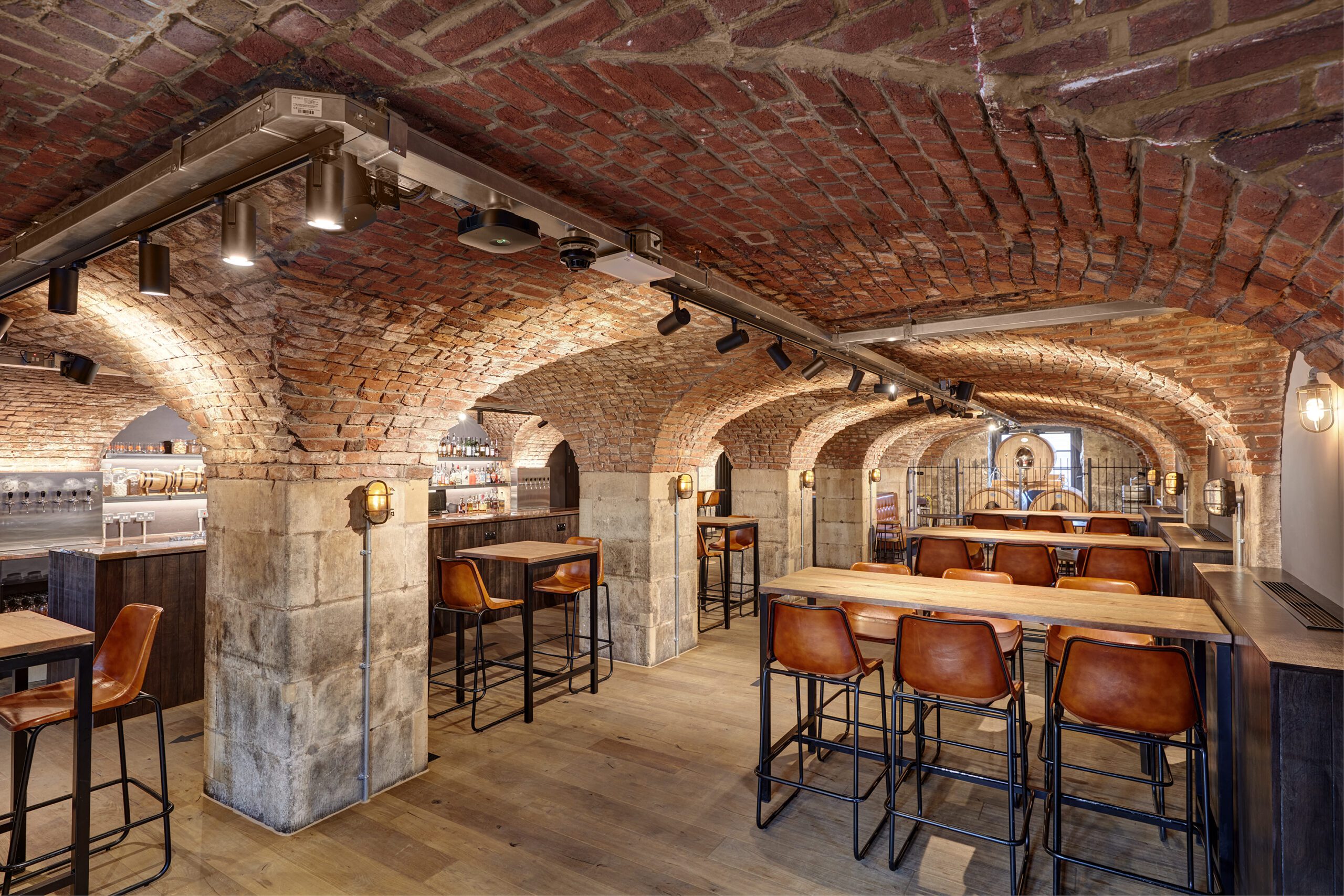
They Don’t Build Them Like They Used To

They Don’t Build Them Like They Used To
Over the past 20 years, the UK property industry has seen a substantial rise in construction costs. We believe that this rise in construction costs has led to a secular increase in the equilibrium level of rents across the property spectrum as the replacement cost of buildings has increased. Here, we argue that future rents and building capital values should grow to reflect this input cost increase to a greater extent than it has in the past.
According to cost consultant reports, since 2000, construction costs have outstripped consumer price inflation by an average of nearly 60% every year. As we approach Brexit (repeatedly) we continue to consider how this event will impact the main inputs of construction in the UK. Construction costs are comprised of two main inputs: raw material and labour. According to industry reports, in a typical construction project labour comprises 25-50% of direct, on-site costs. However, according to discussions we’ve had with UK house builders looking at total value add, labour costs can comprise a supermajority of all costs.
On the materials side, the UK imports over £10 billion of building materials from the EU per year. The cost of these materials in post-Brexit world is as yet unknown, but it is likely that prices will increase under any new trade agreements, as increasingly materials will have to be sourced domestically or from other jurisdictions at a higher price, thereby fueling the upward trajectory of current build costs.
The labour side is even more important, and here the UK is likely to lose a portion of its construction labour force in the wake of Brexit. According to the IPPR, a UK think tank, the proportion of EU-born (ex-UK) workers in construction has risen nearly five times since 2003, now making up nearly 10% of this workforce. In London, this proportion is higher, with around 30% being EU-born. Even without a departure from the EU, the labour situation has become increasingly dire for the UK construction industry. The UK’s workforce is ageing rapidly, with over 50% of the UK-born construction workforce over the age of 45. This situation is only going to get worse as the population continues to age, resulting in even more job vacancies and hence increased costs within the industry.
So, what does this mean for investments? On the one hand, construction costs comprise a significant portion of the all-in basis on many value-add projects so all these projects become more costly to deliver. This can surprise investors who do not have specialist construction expertise in-house. Here at Castleforge we frequently purchase assets at a basis (including all refurbishment costs) around or even below build cost. This means that we are able to buy standing assets and reuse existing fabric, reducing the amount of construction we need to do to deliver new commercial or residential space. Relative to competing ground up developments, our investments are typically finished to a lower overall basis per square foot.
More importantly, though, the upward march of construction costs means that the overall replacement cost for buildings should continue to increase, and this will likely have a material upward impact on the market equilibrium rental level. Today, the cost to build a new office building to Cat A spec in a regional market is roughly £320 per net rentable sq ft (excluding land; including assumptions for fees and gross-to-net), whereas in 2000 that number was £130 per net rentable sq ft. Liverpool prime rents at the end of 2018 stood at roughly £21 per sq ft, virtually the same level as in 2007, and not much higher than a decade or two earlier. This of course begs the question of how the city intends to deliver new Grade A space absent a rise in Grade A rents (one answer is that it simply did not need to, until recently).
Readers may rightly ask themselves why this cost increase has not been reflected in rents to date. We believe a couple factors are at play. As cap rates for finished Grade A office buildings have trended downward over the past three decades along with a fall in interest rates across the board, developers have been willing to accept a lower development yield on cost (i.e., “building to a 10 and selling at an 8” is not too different from “building to a 5 and selling at a 4”). As a result, building costs could increase materially while rents could remain roughly the same, and developers could make the returns pencil out. Going forward, we cannot count on another 30 years of continuously decreasing cap rates to keep deals penciling as construction costs increase, at the same rents.
More importantly, many English cities historically had an overhang of space due to the difficulty of changing office to other uses. Buildings that had been mothballed in previous cycles could be taken off the shelf and refurbished, thus quickly producing a steady supply of newly refurbished Grade A space. Now supply is near long-term lows, and at exactly the time that these cities are repopulating, a 2013 piece of legislation called Permitted Development Rights came into place, allowing “as of right” conversion of office to higher value residential. This has permanently reduced the potential office space available for refurbishment, since a meaningful proportion of it has been converted to residential accommodation. More to discuss later on in this letter.
In short, we believe that rents across key markets in the UK will have to increase, as the addition of new supply should decelerate or require higher rental levels to enable delivery as construction costs continue to increase.
